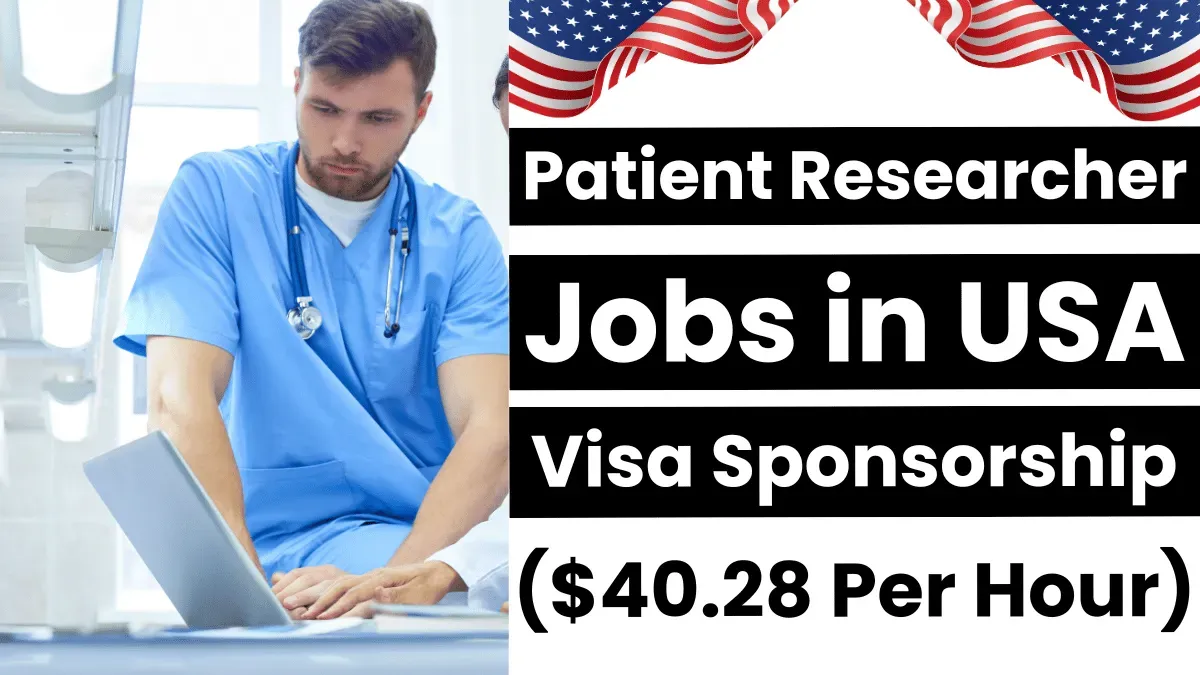Introduction
The United States has long stood as a symbol of opportunity and prosperity, attracting individuals from all over the world in search of a better life. With one of the largest and most diversified economies globally, the U.S. labor market remains open to skilled and unskilled foreign workers across a wide range of industries. As of 2025, the demand for international talent continues to grow in sectors such as healthcare, technology, agriculture, transportation, and hospitality. U.S. employers are actively seeking foreign nationals to help meet ongoing labor shortages and support economic recovery in key industries.
Foreigners looking to work in the United States must typically obtain sponsorship through a U.S.-based employer and enter under a temporary work visa, such as the H-1B for specialty occupations, or the H-2A and H-2B visas for agricultural and non-agricultural seasonal work. While the process may seem complex, many legitimate employers and programs facilitate legal employment and often lead to longer-term visa opportunities or even permanent residency.
This guide serves as a complete roadmap for foreigners seeking employment in the U.S. in 2025. From identifying entry-level jobs and understanding visa categories to preparing documents and using job search platforms, you’ll find the tools needed to begin your American work journey legally and successfully.
Entry-Level Jobs for Immigrants (2025)
Below is a curated table of entry-level jobs in the U.S. that are in high demand in 2025 and are known to hire foreign workers through work visa sponsorship.
| Job Title | Average Salary (USD/year) | Visa Type | Industries | States in High Demand |
|---|---|---|---|---|
| Agricultural Worker | $28,000 – $35,000 | H-2A | Farming, Crop Production | California, Florida, Texas |
| Hospitality Staff | $29,000 – $36,000 | H-2B | Hotels, Resorts, Restaurants | Florida, Nevada, New York |
| Construction Laborer | $34,000 – $45,000 | H-2B | Construction | Texas, Arizona, Georgia |
| Food Processing Worker | $32,000 – $40,000 | H-2B | Meat & Food Packing | Iowa, Nebraska, South Dakota |
| Caregiver/Personal Aide | $30,000 – $38,000 | J-1 or H-2B | Home Care, Assisted Living | New York, California, Illinois |
| Warehouse Associate | $35,000 – $42,000 | H-2B | Logistics, Distribution | Pennsylvania, Ohio, Indiana |
| Housekeeper | $28,000 – $34,000 | H-2B | Hotels, Cruise Lines | Florida, California, Hawaii |
| Truck Driver | $50,000 – $65,000 | EB-3 (green card) | Transportation | Texas, Tennessee, Arkansas |
| Janitor/Custodian | $29,000 – $35,000 | H-2B | Maintenance & Cleaning | Michigan, Oregon, Colorado |
| Fast Food Crew Member | $26,000 – $32,000 | H-2B or J-1 | Quick Service Restaurants | Nationwide |
These positions are often used as a stepping stone for foreign nationals to gain work experience in the U.S., improve English proficiency, and build a foundation for future immigration opportunities.
Application Requirements and Documents
To legally work in the U.S., foreign nationals must meet a series of immigration and job-specific criteria. Below are the key components required for employment eligibility:
1. Job Offer from a U.S. Employer
Before applying for a visa, applicants must secure a job offer from a legitimate employer who is authorized to hire foreign workers and willing to sponsor the appropriate visa.
2. Eligible Visa Type
Depending on the job, the most common visa categories for foreigners include:
- H-1B Visa: For skilled professionals (e.g., IT, engineering, finance).
- H-2A Visa: For temporary agricultural work.
- H-2B Visa: For temporary non-agricultural work.
- J-1 Visa: For exchange programs (e.g., au pair, interns, camp counselors).
- O-1 Visa: For individuals with extraordinary abilities.
- TN Visa: For Canadian and Mexican citizens under USMCA.
3. Required Documentation
To apply for a work visa, you will typically need the following:
- Valid passport (minimum 6 months beyond intended stay).
- Job offer letter or employment contract.
- Labor Condition Application (LCA) approval (for H-1B).
- Petition approval notice (Form I-797) from USCIS.
- Visa application form (DS-160) confirmation.
- Proof of qualifications: diploma, resume, certifications.
- English language proficiency (varies by employer/position).
- Medical exam results and vaccinations (as per consular request).
- Police clearance certificate (for some visa categories).
4. U.S. Embassy Interview
Once your petition is approved, you must schedule and attend a visa interview at your local U.S. embassy or consulate. Be prepared to answer questions about your job, intentions, and qualifications.
Employment Websites to Find Opportunities
To secure a job in the U.S. with visa sponsorship, using reputable and specialized job portals is crucial. Below are some top platforms where employers actively recruit foreign workers:
| Website | Description |
|---|---|
| USAJobs.gov | Official U.S. government job portal – limited for foreigners but offers J-1 options |
| Indeed USA | Broad job listings – filter by “visa sponsorship” keyword |
| Glassdoor | Jobs with company reviews, filter for sponsorship opportunities |
| MyVisaJobs | Tracks H-1B sponsoring employers by year and job type |
| H1Bdata.info | Real-time data on U.S. employers filing for H-1B visas |
| Network directly with HR reps and recruiters in U.S. companies | |
| CareerBuilder | Large job board, searchable by visa-related roles |
| SeasonalJobs.dol.gov | Official U.S. Department of Labor H-2A and H-2B job listings |
| WorkAbroad.ph | Especially for Filipino workers seeking U.S. jobs with visa sponsorship |
| InterExchange | J-1 visa internships, work-travel and au pair programs |
Tip: Use filters like “visa sponsorship available,” “foreign applicants welcome,” or search directly for “H-2B jobs USA” or “J-1 internship USA” depending on your eligibility.
Conclusion
For foreigners seeking jobs in the United States in 2025, opportunities are abundant across both skilled and unskilled sectors. With a structured visa system and continued demand in labor-intensive industries, the U.S. offers diverse employment pathways for international job seekers. Entry-level roles such as farm work, hospitality, warehousing, and caregiving provide accessible routes to live and work in the country legally, especially under temporary work visas like H-2A and H-2B.
Successfully finding a job in the U.S. requires understanding the visa process, gathering the correct documentation, and leveraging trusted job platforms to connect with legitimate employers. The effort put into preparing a professional resume, conducting interviews, and staying informed on visa timelines can pay off in gaining legal entry and work experience in one of the world’s leading economies.
As a U.S. consular specialist, it’s encouraged to verify all opportunities through the U.S. Department of Labor or a certified immigration consultant and to always remain alert to fraudulent job offers or unofficial recruitment agencies. With the right strategy and persistence, working in the United States in 2025 can be a reality for thousands of qualified and hardworking foreigners worldwide.



